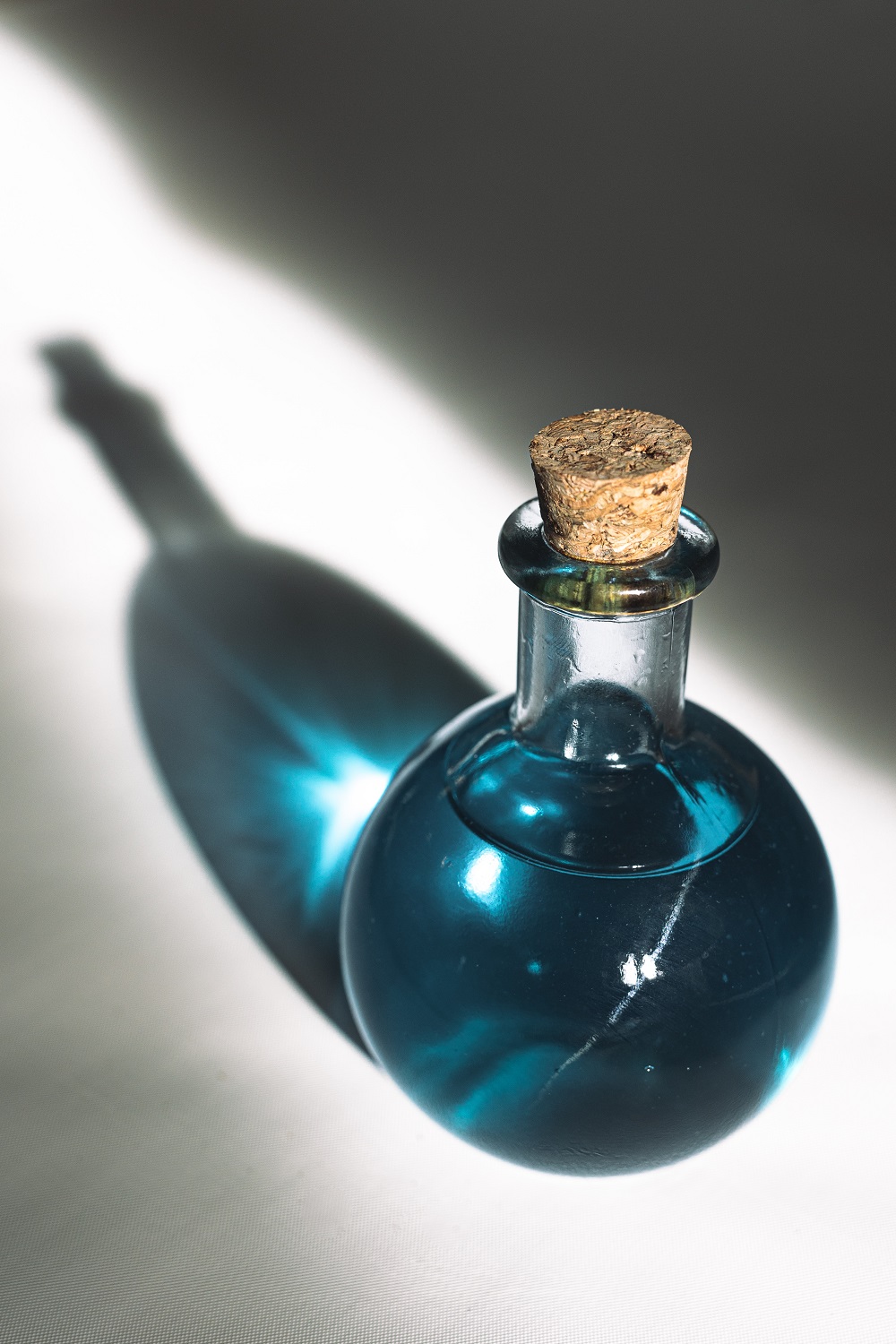Plasma fibroblast therapy is a cosmetic procedure that seeks to improve and tighten the appearance of the skin. Some doctors may use this treatment instead of laser surgery, injections, or open surgery, which are all more invasive.
A small region of skin is perforated with a high-intensity discharge of electricity during the plasma fibroblast treatment. This may aid fibroblastic cells, which maintain and repair skin suppleness.
Skin tightening is one non-surgical method of achieving the desired results. This treatment is less intrusive than surgery, so recovery time is shorter. However, the effects are less pronounced and shorter-lived.
Plasma fibroblast treatment in Parkland has never been tried before, so there isn’t enough evidence to show that it works right now.
What is the meaning of FibroBlast therapy?
Plasma fibroblast therapy is utilized to improve the appearance of the skin by tightening it. By instructing dermal fibroblast cells to repair the epidermis and dermis, this treatment improves the appearance of the skin. In the procedure, plasma, a heated, gas-like fluid, is utilized. After solid, liquid, and gas, the fourth state of matter is plasma.
Fibroblasts are cells found in the dermis, the layer of skin beneath the epidermis. Collagen is synthesized by fibroblasts. During the healing process, the skin requires these cells to remain taut and rigid.
A skilled professional administers the treatment using a pen-like device that releases current. When you heat a gas, it changes into a cloud of charged ions that get hot enough to send out electromagnetic radiation.
By passing a hot, powerful electric current through the device, a micro injury is created in the skin. In reaction to the micro injury, the fibroblasts initiate repair and reconstruction of the skin.
In what ways could plasma fibroblast treatment be advantageous?
Plasma fibroblast treatment in Parkland is a non-surgical treatment for the following conditions:
- Around the neck, eyes, and jawline, as well as the lips, photo scabrous keratosis can create wrinkles and discoloration.
- Plasma Fibroblast Treatment Parkland is also another way that professionals in the field of cosmetics can add volume to the lips.
Is it in functional order?
Plasma fibroblast therapy in under-regulated settings can lead to the following:
Increased skin elasticity has small to moderate effects on making the skin tighter, which only slightly changes the shape of the face.
The therapy should continue to stimulate fibroblast formation for up to a year following its conclusion. Plasma fibroblast therapy is a type of cosmetic surgery that is still pretty new, so not much is known about it.
Procedure
- Depending on where the treatment is given, the details of the process will be different. However, you can expect the following:
- After a thorough cleansing, a numbing lotion is applied to the skin for a topical anesthetic. The cream could take up to 30 minutes to take effect.
- Placing plasma on a specific area of skin with a pen The microcurrent arcs in the pen are so small that they cause tiny scab-like spots to form on the skin.
- Medical staff often take off the numbing cream and use a cooling gel to stop the tingling and burning.
- Between 30 and 60 minutes are available to complete the task.
Risks Involved
The doctor must inform you of what to expect prior to surgery. Plasma fibroblast therapy might help a little bit, but it probably won’t be as good as surgery. There are also some disadvantages to undergoing surgery. Here are some of the potential negative outcomes:
Loss of light due to pigmentation (light spots) Redness or enlargement (light spots). On the skin, there are hardly any black spots, flaky skin, or crusty regions. You should be aware that not all nations permit plasma fibroblast therapy.
Conclusion
Since plasma fibroblast therapy is very new, there is little data to support it at this time. Using this strategy, however, you can tighten your skin without undergoing harsh cosmetic treatments. Most of the time, it takes about a week to get better, and the effects may show up slowly over many weeks. If you’re interested in plasma fibroblast therapy but not sure if it’s right for you, talk to Martha Skin Beauty about what to expect.
